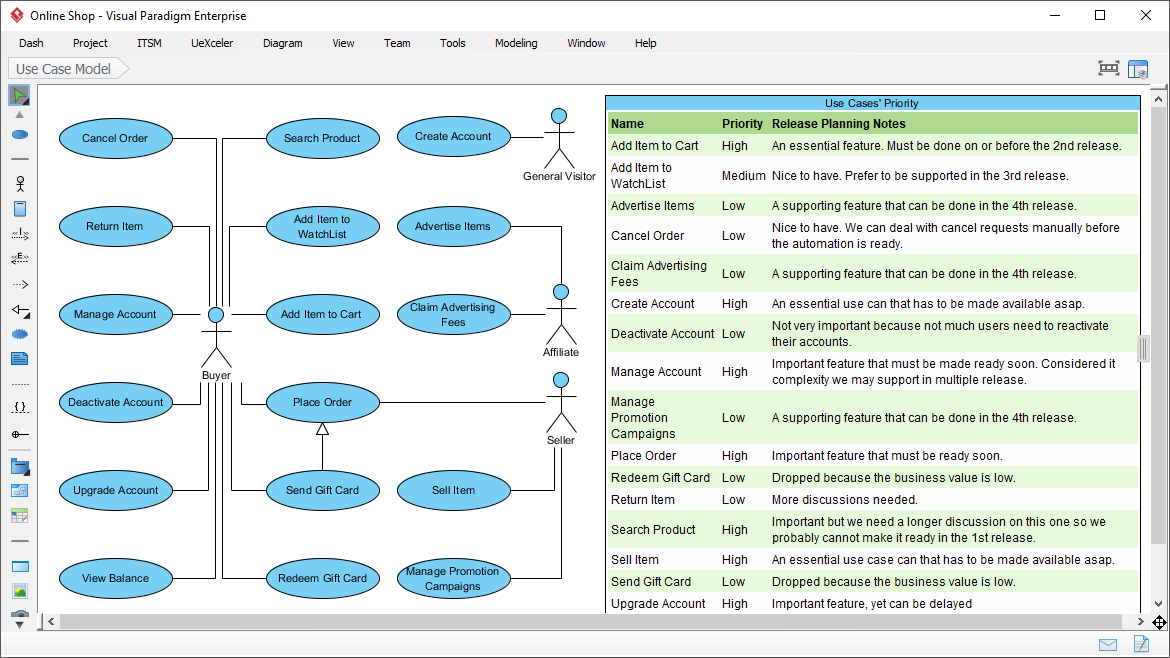Extract, Transform and Load models with powerful model warehousing tool.

The ETL engine reads and analyzes a specified type of modeling artifacts and extract the desirable information into a models-to-properties table; giving a summarized view of the model elements which could otherwise be scattered all over the diagram and property windows.
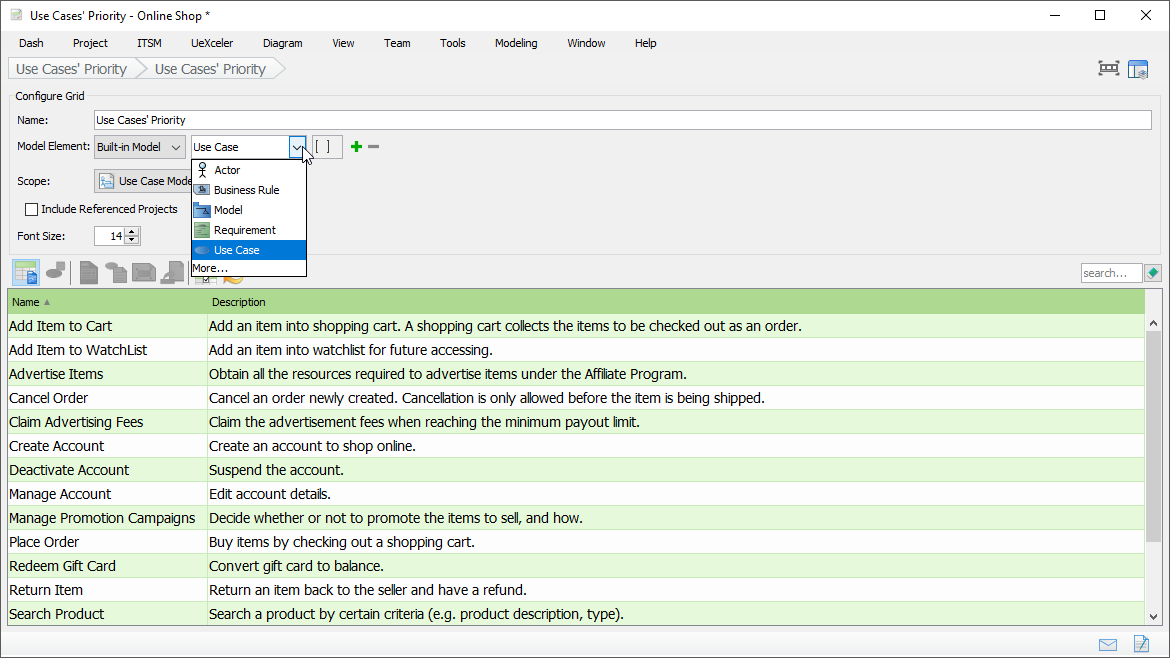
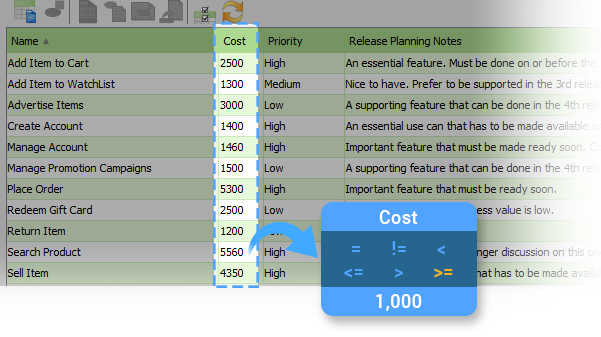
Flexibly configure an ETL table to fit into specific use cases. By applying different conditions, you can list the elements that you are interested in. To list use cases with cost greater than 1,000? Or to list classes that are specialized with the stereotype <<control>>? It's all up to you.
A basic Model ETL can extract data from a particular model or diagram (e.g. Use Case Diagram or a data table). Now, the enhanced model ETL allows you to extract data from multiple models or diagrams and combine those information into an integrated Model ETL Table for data transformation and visualization.
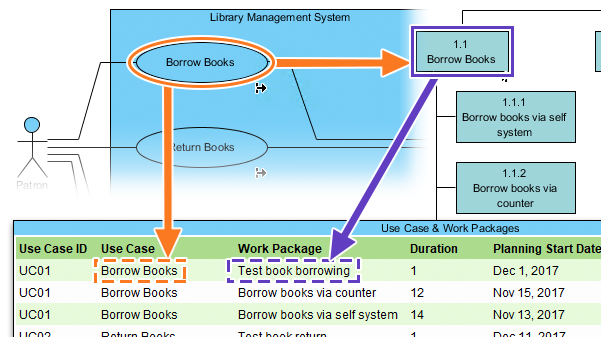
The transform function facilitates the editing and/or conversion of the acquired data into the desired state. With the ETL Table, you can perform mass editing on multiple modeling artifacts quickly and accurately. Example usage: Extract use cases from a diagram to form an ETL Table, go over the use cases, determine their importance with clients and adjust their priority in one shot!
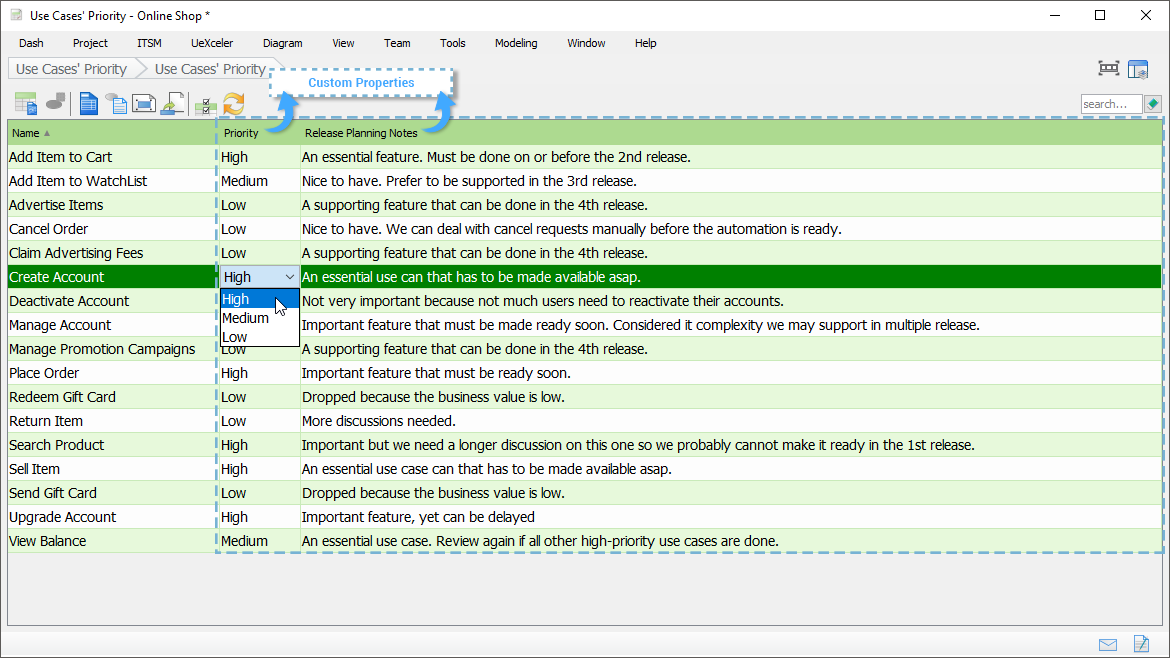
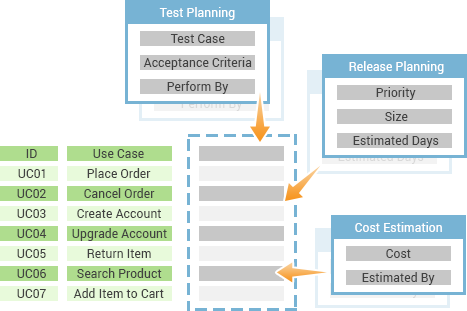
Aspect Oriented Properties (AOP) is a user-defined set of tagged values of a particular aspect for reusable purpose. It is attachable and detachable on-demand for model extension, i.e., an AOP of cost estimation is applicable for both use cases or user stories and can often be used in combination in an ETL table.
The load function writes the resulting data to a target format such as, table, chart or other visual formats. For example, form a separate diagram for use cases with High priority, as indicated in the table.
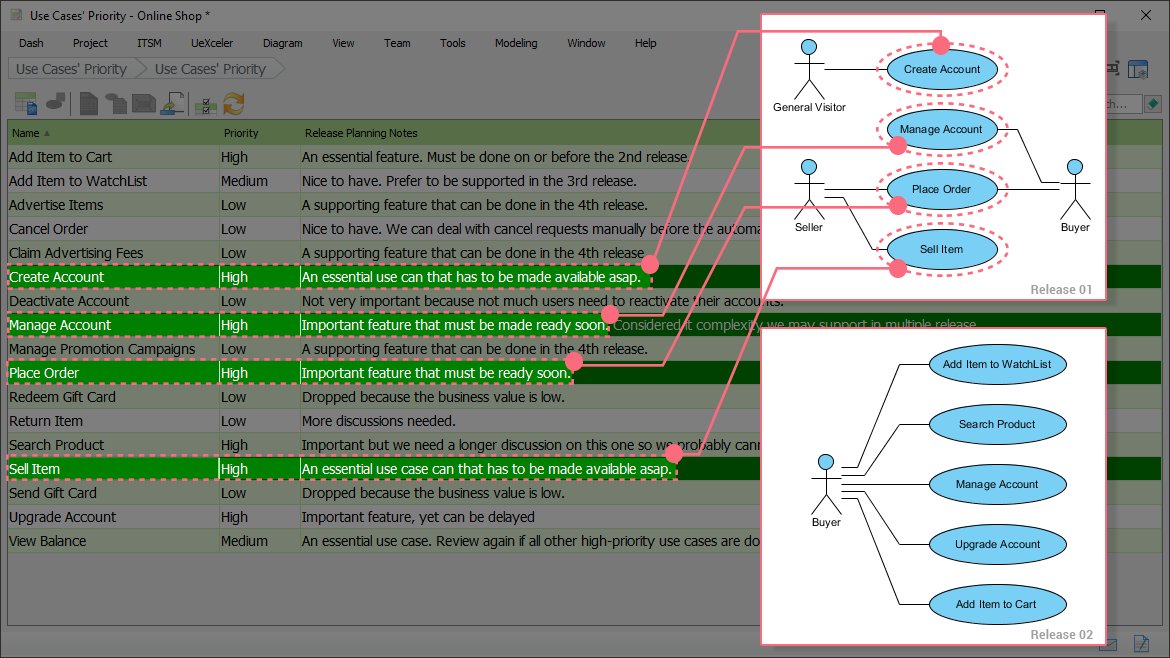
The ETL Table provides a powerful means for annotation purpose. Not only does it allows for viewing and editing models directly in the diagram pane, it can also be used as a resizable and moveable table legend. You can even create multiple ETL Tables which associates with different kinds of models and criteria. The combination of the model (or diagrams) with the annotated tables side-by-side in one place provides a more precise and informative representation for the readers.
